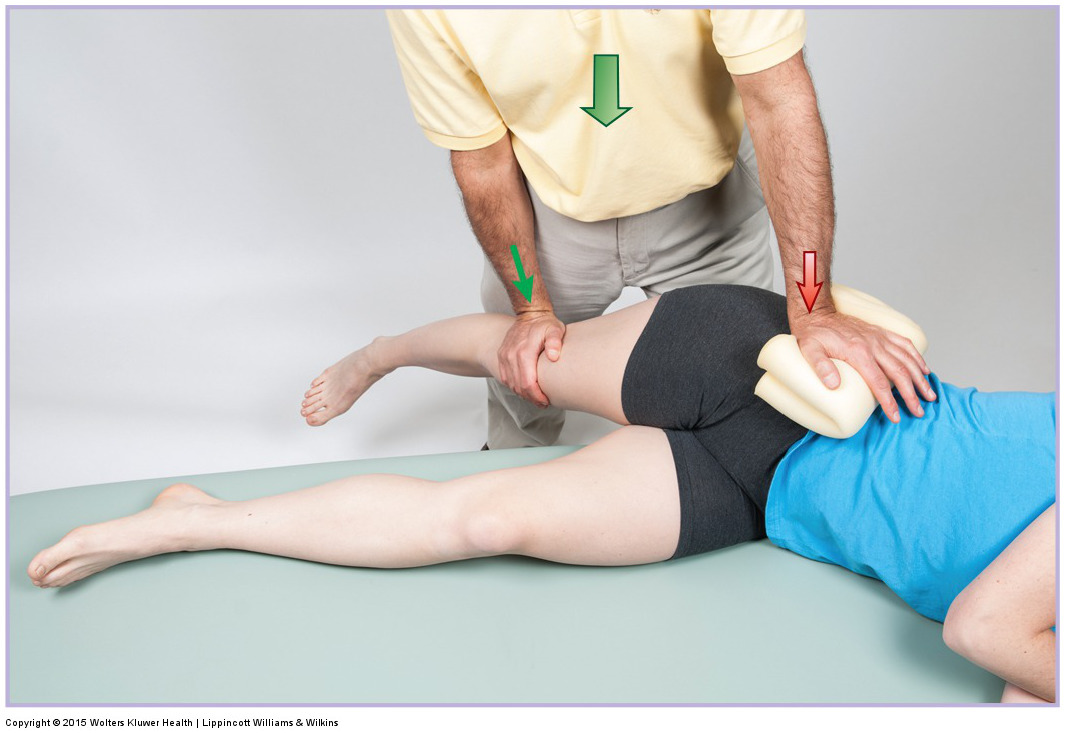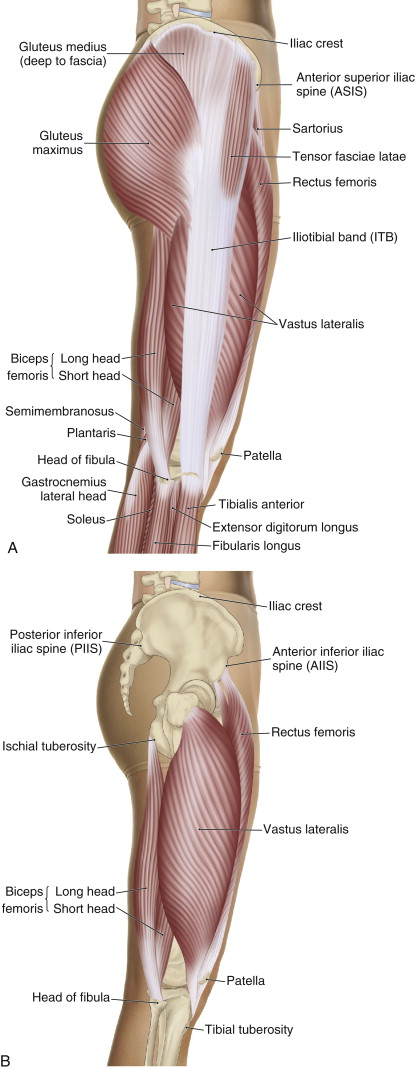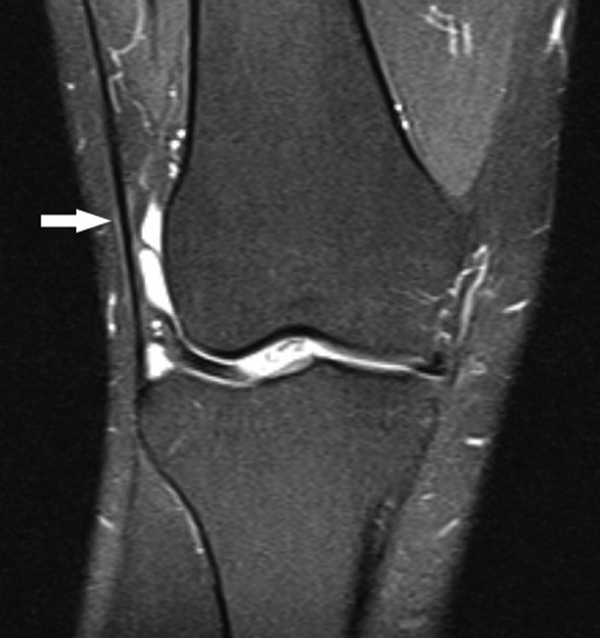Association of Iliotibial Band Friction Syndrome with Patellar
4.6 (381) · $ 13.50 · In stock
Objectives: The aim of the study was to evaluate magnetic resonance imaging (MRI) findings of iliotibial band friction syndrome (ITBFS) and its association with patellar height and facet shape variations. Patients and Methods: Forty-one knees of 32 patients (14 female, 18 male) referred from the orthopedic surgery outpatient clinics with the MRI diagnosis of ITBFS composed the study group. Thirty two knees of 29 patients (13 female, 16 male) with MRI records without any radiologic findings of knee pathology were chosen as the control group. All of the patients were evaluated by MRI, including the assessments of patellar length ratios according to Insall-Salvati method and patellar facet variations according to Wiberg’s classification. Results: According to Wiberg’s classification, nine knees (21.9%) had type I, 20 (48.8%) had type II, and 12 (29.3%) had type III shape of patella in the study group. Wiberg type I and type III patella ratio in the IBFS group was higher than the control group (P < 0.001, and P = 0.003, respectively). Wiberg type II patella ratio in the IBFS group was lower than the control group (P = 0.006). Ten knees (24.3%) had patella alta and the remaining 31 had patella norma (75.7%) in the study group. The frequency of patella alta was significantly higher in the study group in comparison with the controls (P = 0.002). Conclusion: ITBFS can easily be diagnosed by MRI and it is more likely associated with patella alta and type I and III patella according to Wiberg’s classification.

IJ Radiology Issue 15 (1)

PDF) Implantable Closed-Loop System for Restoration of Blinking in

Outer Knee Pain: ITB? - The Healthy Body Company

Most Common Complications of Osteotomies Around the Knee
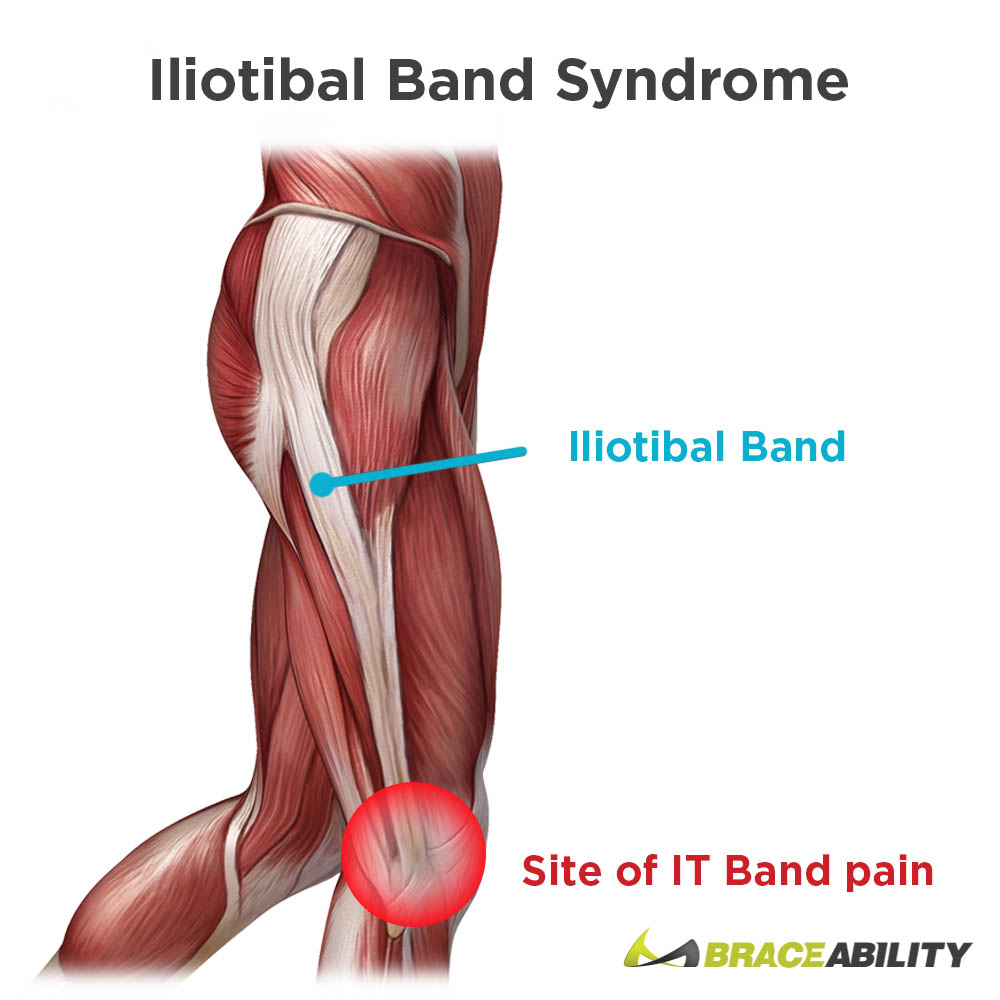
Iliotibial Band Syndrome IT Band Stretchs, Exercises & Treatment

Magnetic Resonance Imaging of Iliotibial Band Syndrome

PDF) CH 16: Working Towards the Affirmation of Fatness and
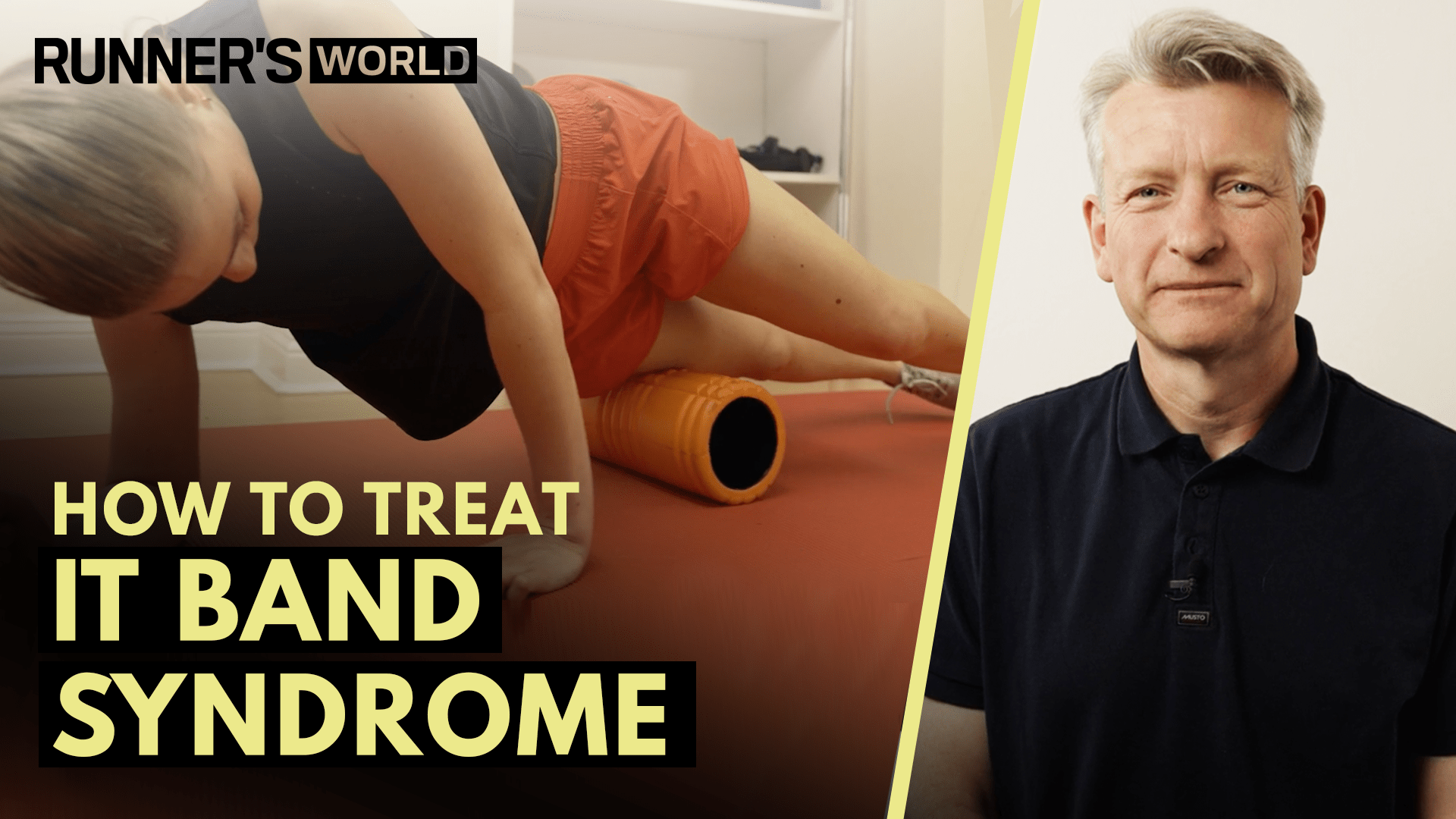
IT band syndrome: Everything you need to know

ITB Friction Syndrome, by Orthofixar Orthopedic

Iliotibial Band Friction Syndrome








